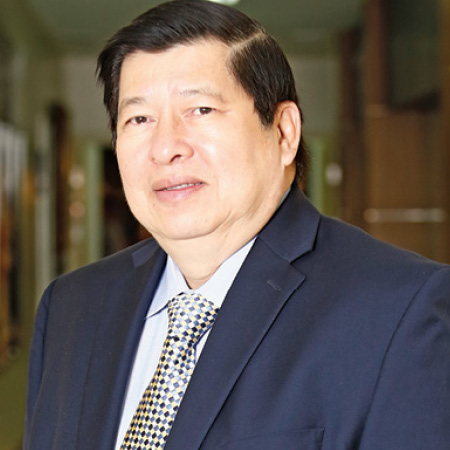People empowerment, tackling chronic disease, and becoming an internationally recognised academic centre are the three things which are currently top of mind for Dr Edgardo ‘Gary’ Cortez, the CEO and President of St Luke’s Medical Center (SLMC). And with two hospitals in the Philippines (one in Global City, the other in Quezon City), 16 clinics, and 1,700 affiliated consultants, he certainly has his hands full while disseminating the message. Luckily, though, the organisation is already highly respected in the Filipino healthcare sector, as well as throughout the wider Asian marketplace.
Founded more than a century ago, St Luke’s prides itself on delivering state-of-the-art medical treatments, having highly trained staff, and deploying industry-leading technologies to achieve the best possible patient care. Its total dedication to quality and service is what distinguishes it as a centre of healthcare excellence, on par with facilities in countries such as the US.
Gary took over the driver’s seat of St Luke’s in 2012, after working as the vice president for medical affairs and as a medical director for the four years prior. He is a trained surgical oncologist and has been recognised many times for his outstanding contributions to the Filipino healthcare industry. The CEO Magazine sat down with Gary to talk about his role with St Luke’s, how he manages up to 50 million patient transactions every year, what he does to retain talented staff, and his vision for the future success of the organisation.
The CEO Magazine: How did you transition from being a highly qualified and successful medical practitioner to becoming the President and CEO of St Luke’s, an 11-billion-peso medical organisation?
Gary: I started off as a cancer surgeon and over the years I had the chance to hold various positions within the Department of Surgery. I began as a training officer, executive officer, and then became the chairman. In fact, at 40 years old, I was the youngest chair of any department of surgery in a university hospital. After that, I handled five big national surgical associations or organisations, including as president of the Philippine College of Surgeons and chairman of the Philippine Board of Surgery, which is the certifying arm for surgery. I then became medical director of a university hospital until I was invited to be part of the administrative team for St Luke’s in 2006 as director of the Cancer Institute. Two years later, I became the vice president for medical affairs and medical director. Subsequently, six years down the road, I was elected as president.



